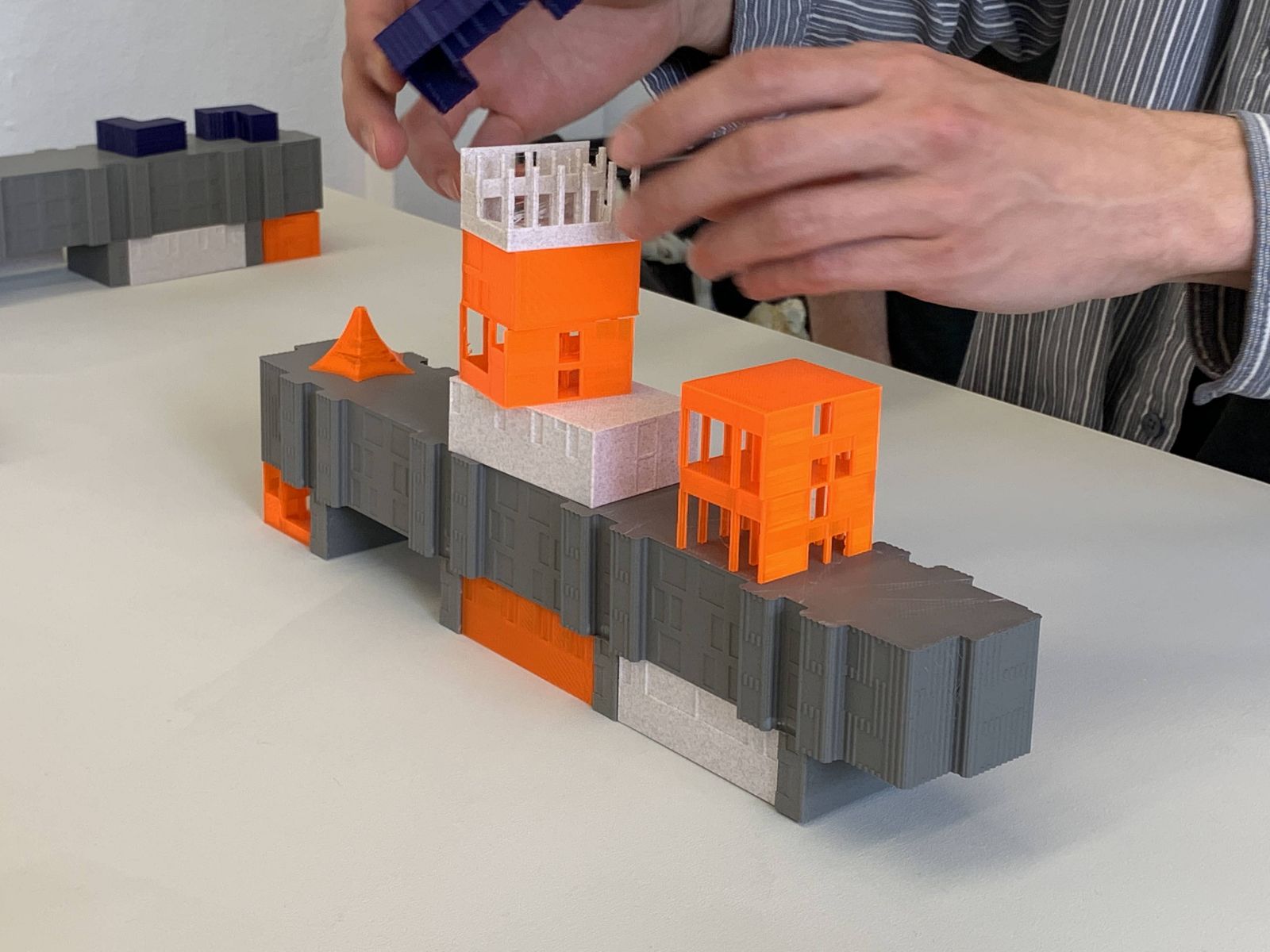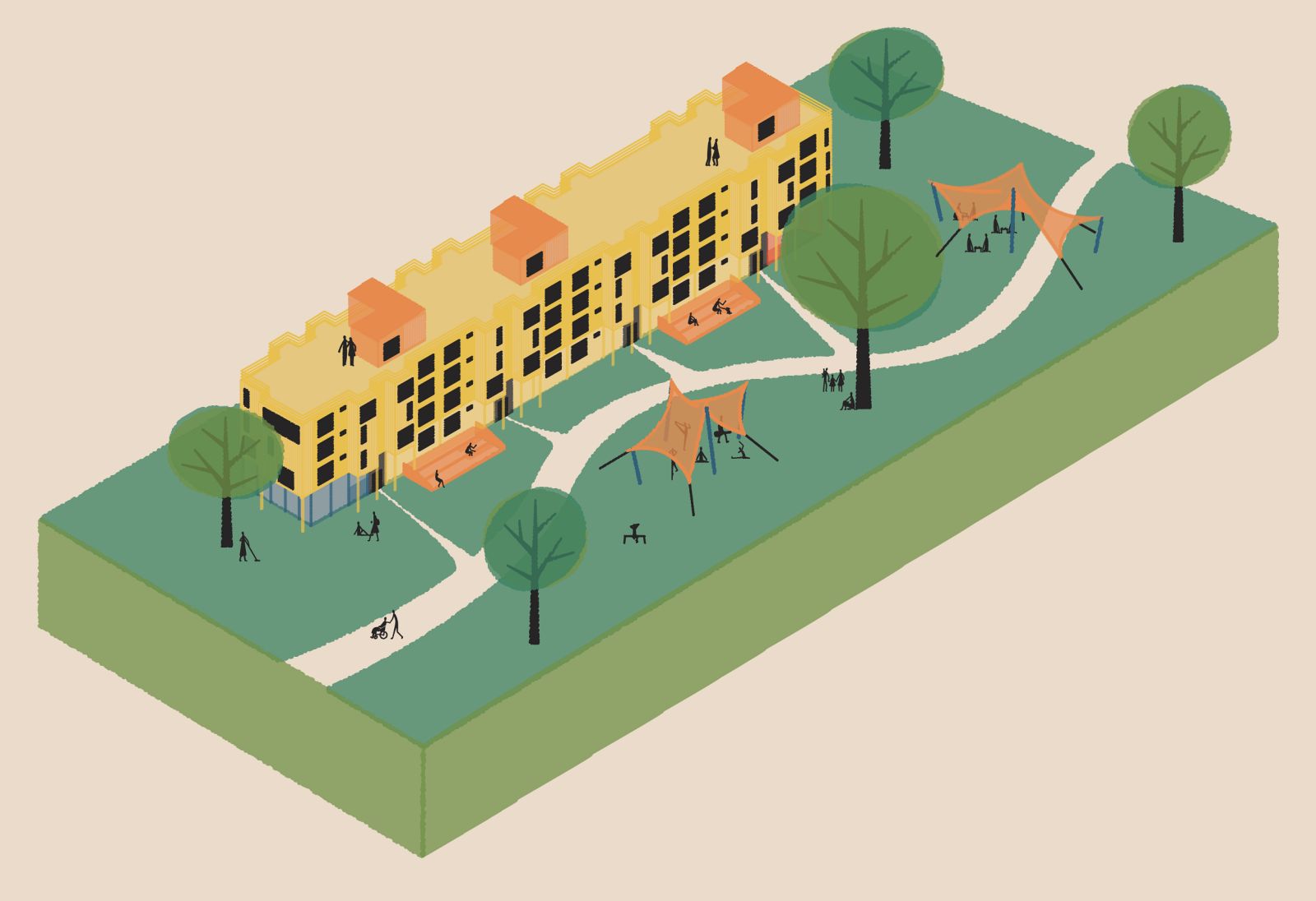
Joshua Holetz
Keywords: Intermediary spaces, Urban programming, Communication
Internship: EARTHbound Architecture & Phygital Studio
How can a community shape its environment?
This project investigates conventional methods of building in social housing developments. Not just practically but how we design them and how to involve residents and bring architecture closer to those who make the lived space. Through open dialogue, the project changed directions along my design process, by getting to know the neighbourhood personally and interacting with the residents.
This language is the communication method for building the bridge between the design and the neighbours. The idea is to make architecture approachable. Drawings and maquettes are open conversation tools for communicating ideas and are used to take back information as part of the building method.
My questioning of existing projects led me to develop this communication tool and use it to create a proposal together with the residents of the neighbourhood, that aims to avoid the social neglect caused by previous urban interventions. Focusing on creating horizontal environments that help with the longevity of lived space, and social cohesion and generate a sense of belonging beyond the home. to find a way so that residents that didn’t have a chance to choose where they live to have the agency to act, design and thrive in their communities.
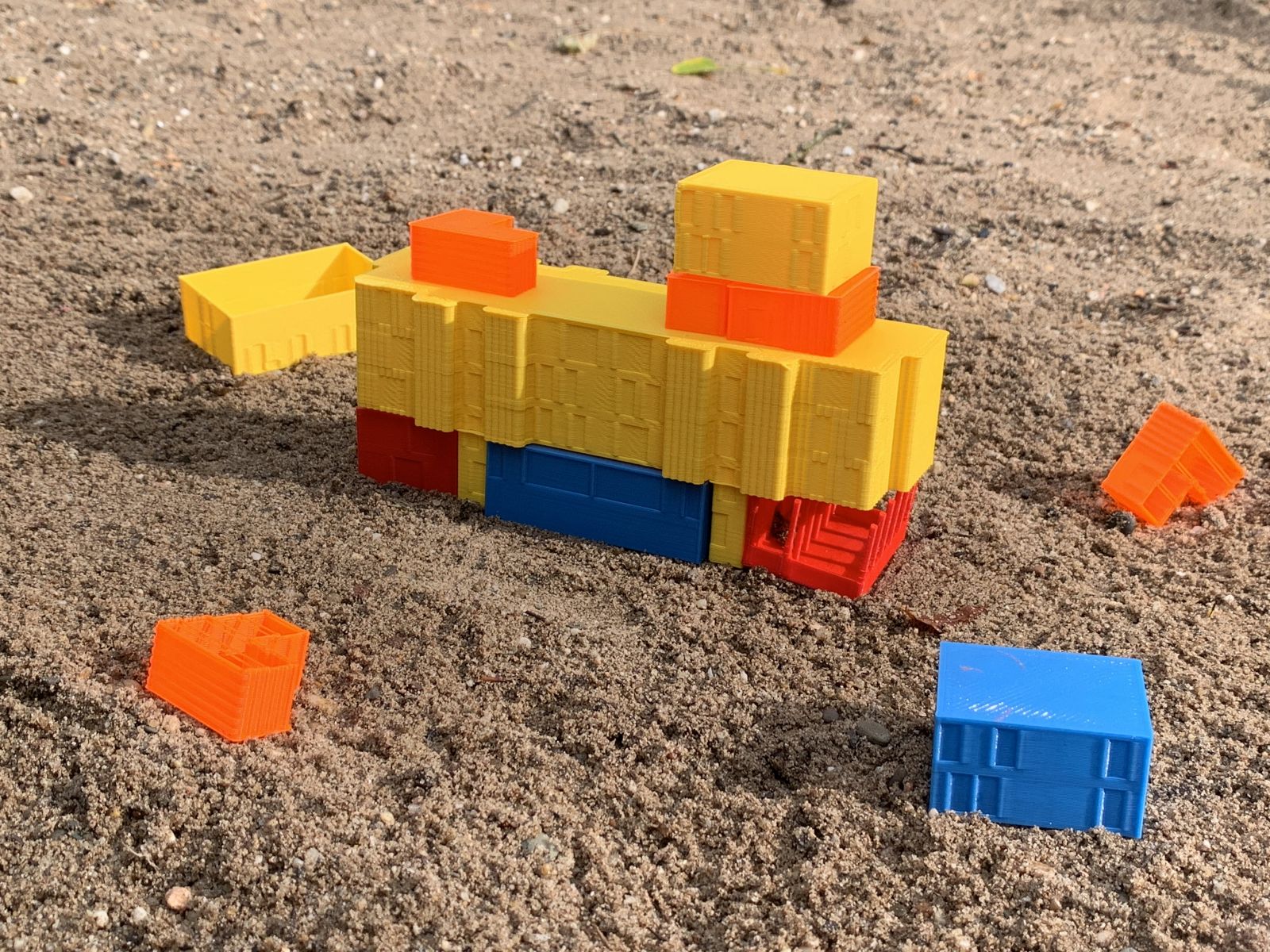
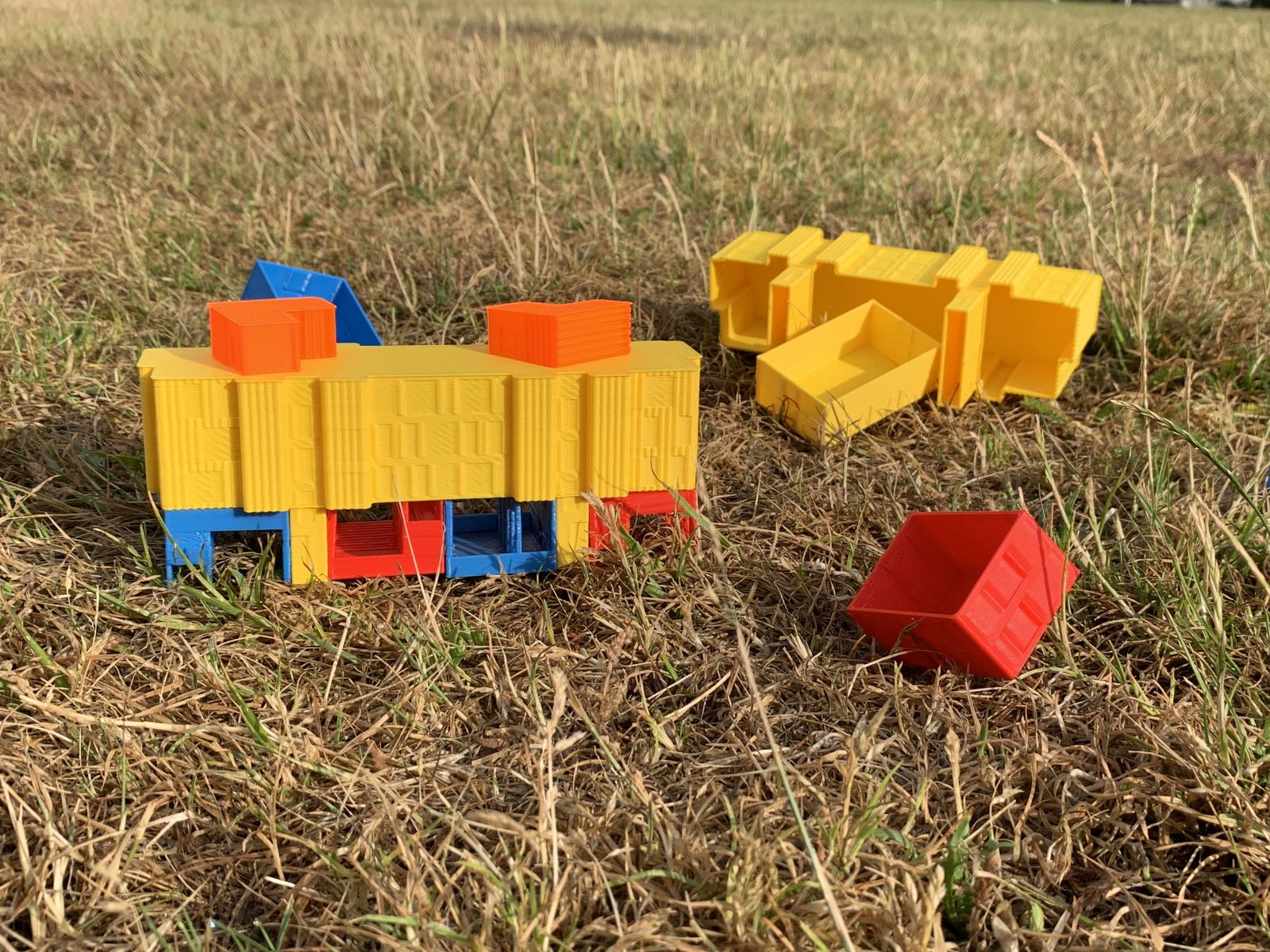
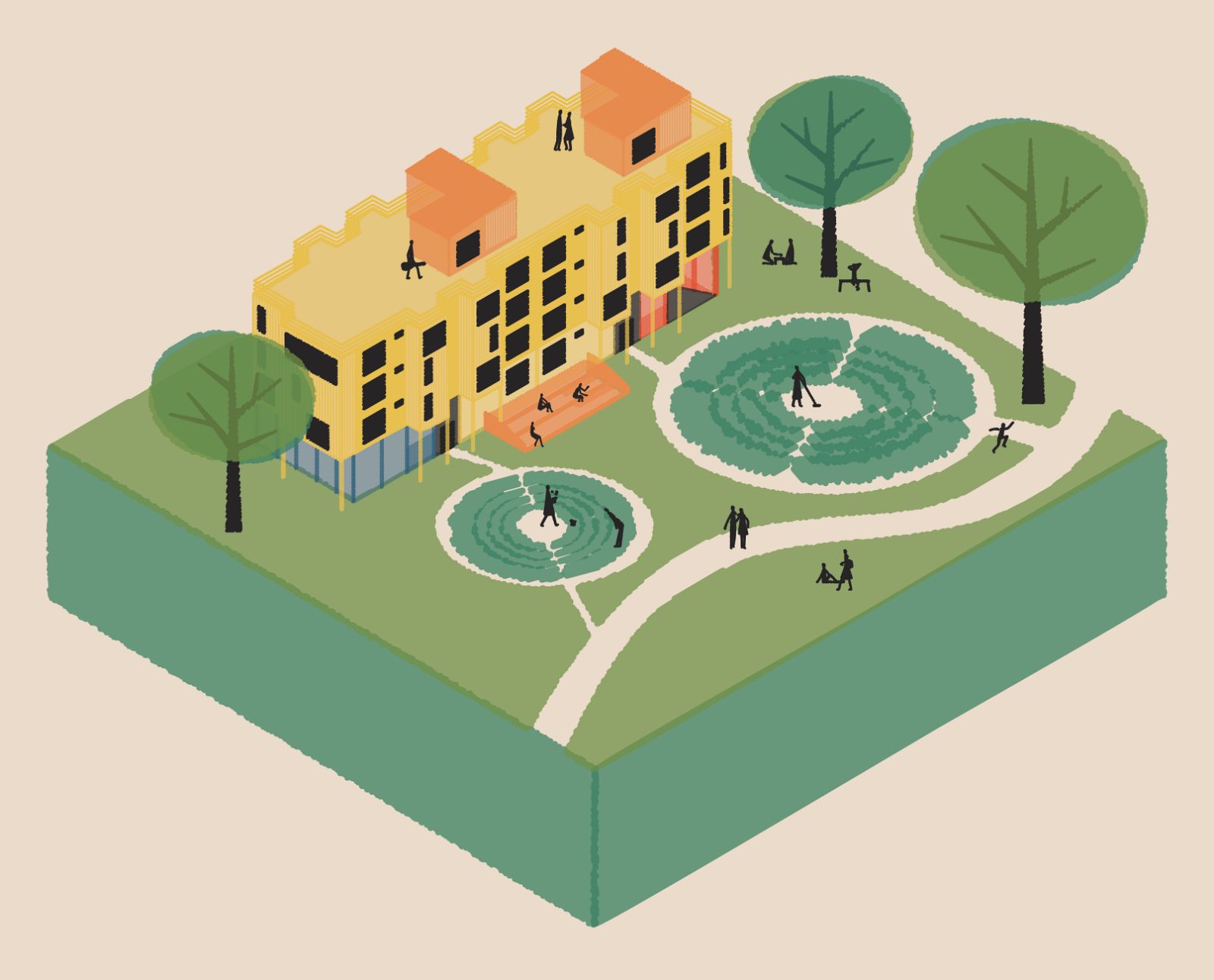
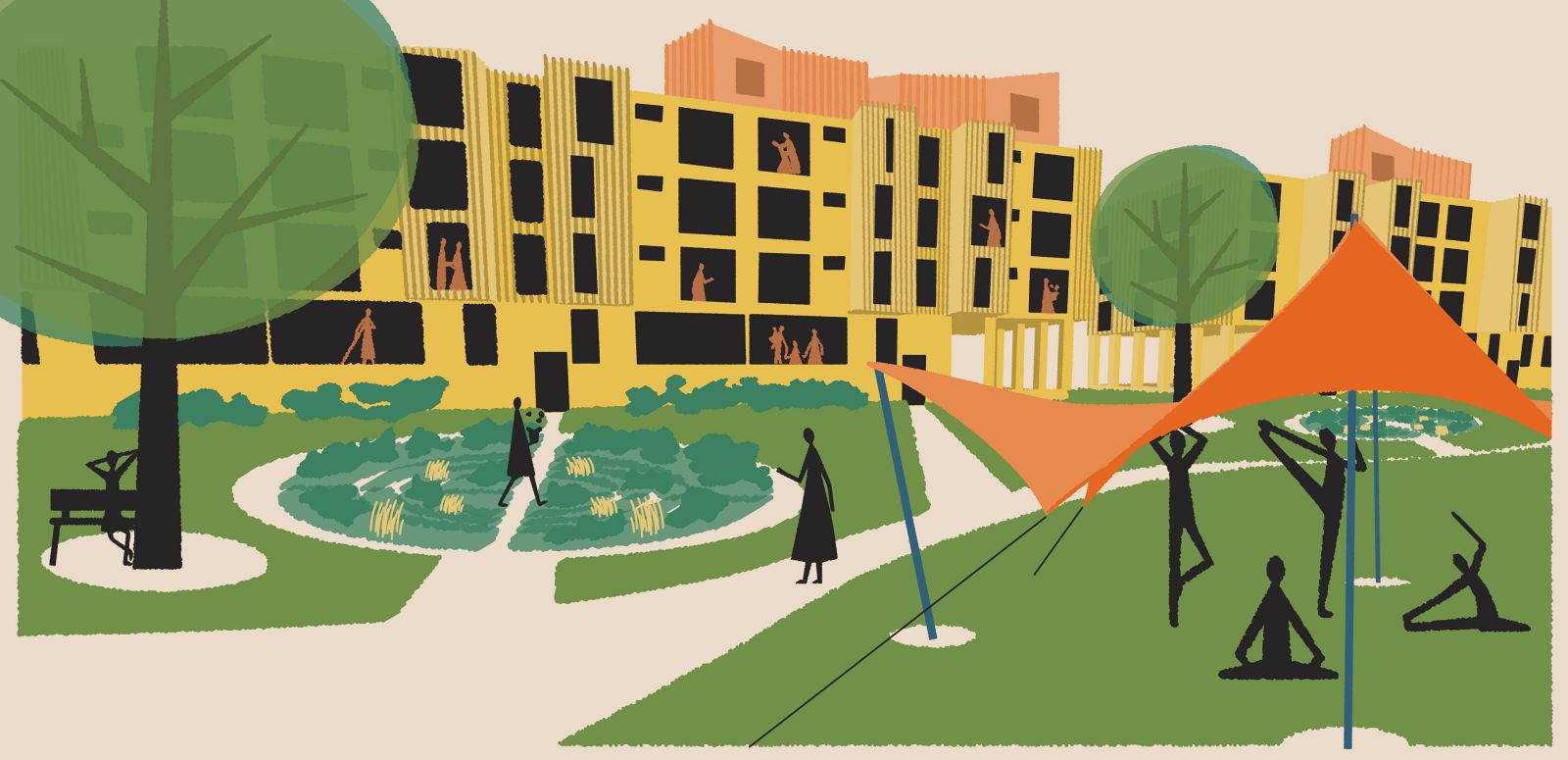
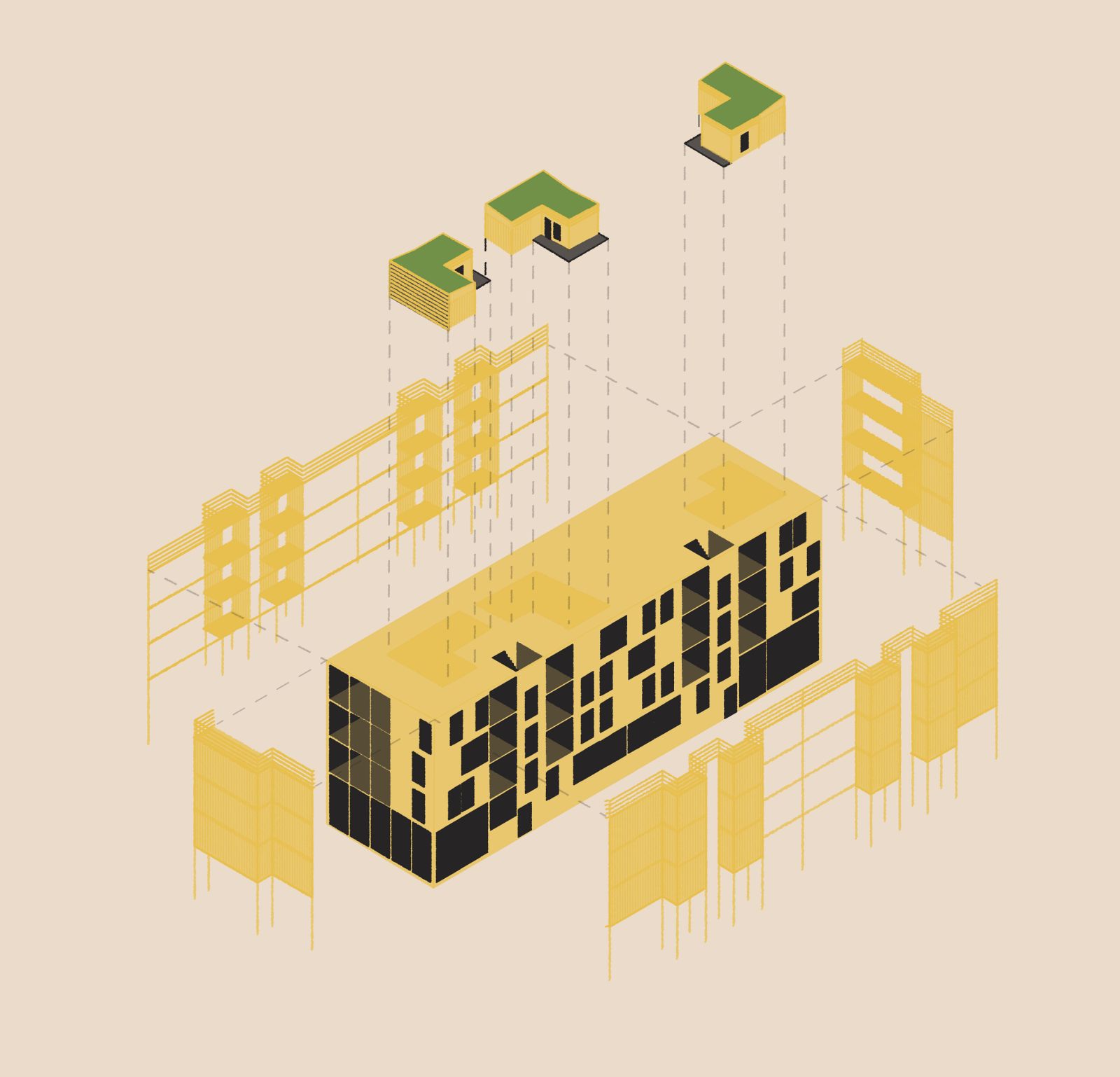
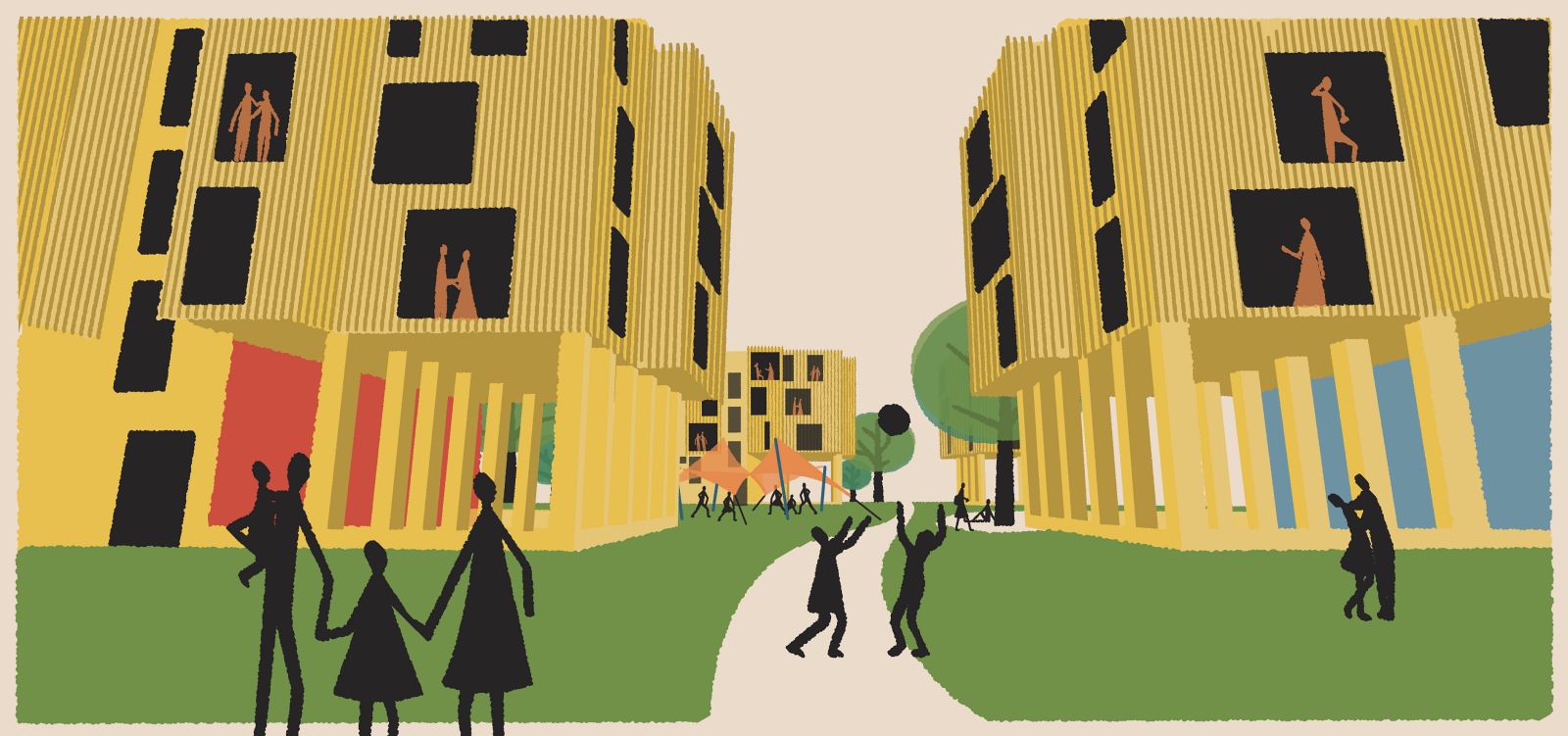
To create eyes on the street, as jane jacobs says, with a permeable ground level, meaning the residents and the activities around and inside the courtyard become a way of communal oversight.
Also to engage the residents in a participatory society. People are encouraged to care about their surroundings physically and socially by using the common areas, food gardens, workshops, and even simple solutions like making the courtyard accessible from all the buildings.
The local practices and the narrative of the ground floor have been my conversation with the residents to co-design this inclusive plan, that grants future residents the ability to act on it as well. This close interaction with the neighbours can illustrate how to achieve social cohesion from the inside out.
